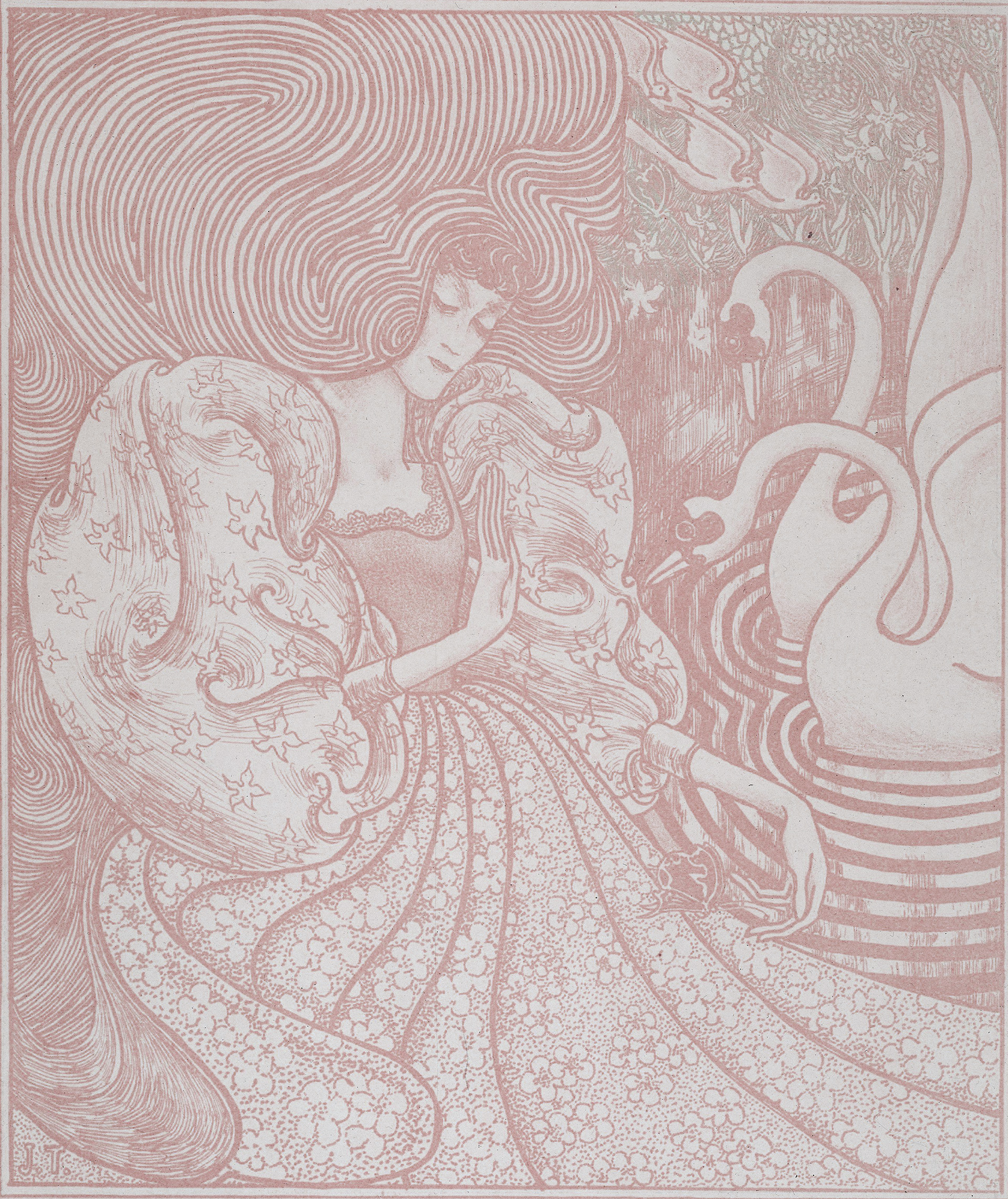A screen reader is a software program that allows a blind user to access a computer or other electronic device non-visually. Put simply, a screen reader does what its name implies: it reads aloud the content presented on a screen. Screen readers also allow users to read and write in braille while using a device. As the screen reader moves through on-screen content, it will read the content aloud and/or transcribe the content into braille to be read on a refreshable braille display (RBD). When writing, the user can choose to write in braille with an RBD, or they can write with a standard keyboard. Either way, the content will appear in print on-screen and in braille on their RBD.
Screen readers are often confused with text-to-speech software, commonly used by people experiencing dyslexia. While both tools read text aloud, there are some major differences that separate screen readers from text-to-speech software.
- Screen readers allow users to control a device non-visually, without the use of a mouse.
- On mobile devices, screen readers fundamentally change how a device operates. Special commands and gestures have to be used to navigate a mobile device while a screen reader is enabled.
- Screen readers offer additional functions that aren't necessary for text-to-speech users. For example, a screen reader can describe text styles to a user (like font size, italics, colors, etc.), which a sighted user might not find useful.
Screen readers have become much more widely available in recent years. Most computers and smart phones now have screen readers built-in, so blind users can start using their devices right away, without purchasing any additional software. There are a number of screen readers available, but some of the most popular screen readers include JAWS, NVDA, VoiceOver, and ChromeVox.
